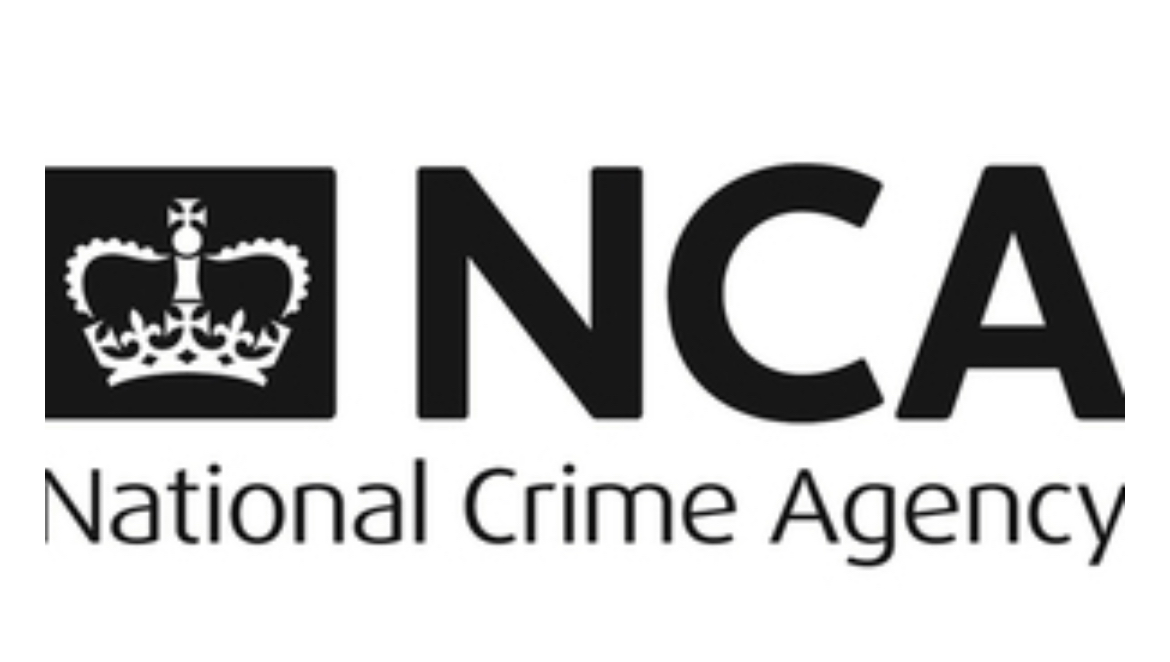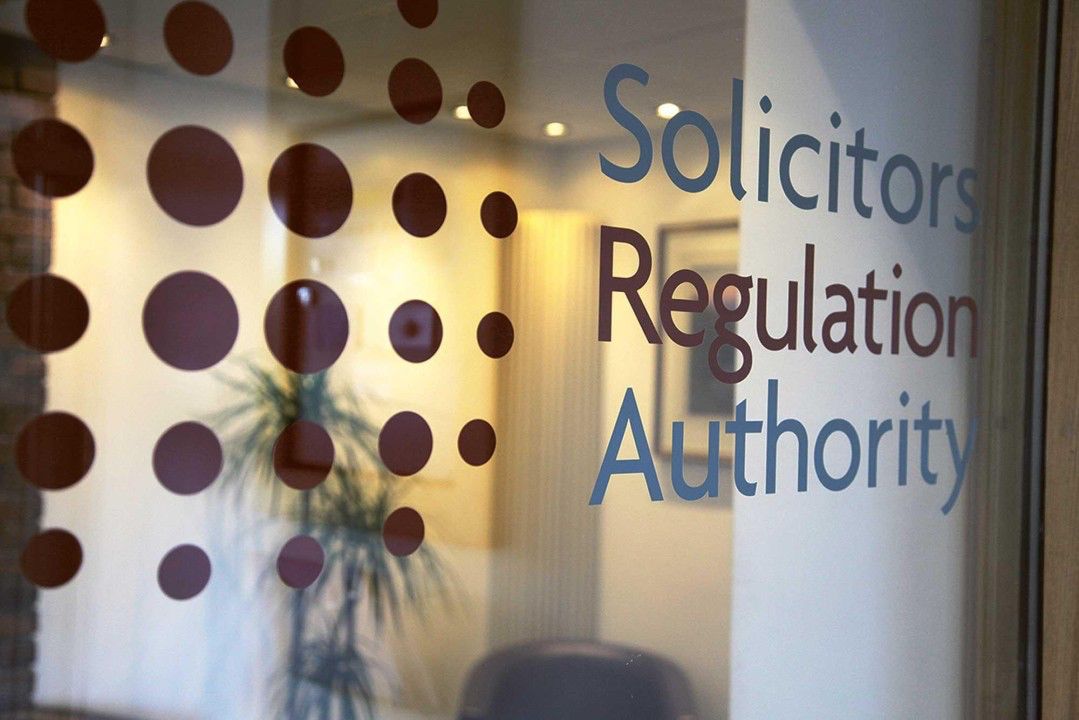In a landmark case that sheds light on the persistent threat of money laundering, six individuals have been sentenced for their involvement in a sophisticated network responsible for smuggling over £100 million out of the UK to the United Arab Emirates (UAE). This recent development serves as a stark reminder for law firms to remain vigilant and take necessary precautions to combat money laundering. In this article, we delve into the details of the case and provide key insights for law firms to identify and prevent money laundering activities.
The Case: Network Smuggling Millions
The convicted individuals were part of a highly organised money laundering network that operated between November 2019 and October 2020. The illicit operation involved transporting cash to Dubai on 83 separate trips. The ringleader, Abdullah Alfalasi, was previously sentenced to over nine years in prison. The network utilised couriers who were paid handsomely for their services, communicating through encrypted messaging platforms with code names like “Sunshine and lollipops.”
Money Laundering Risks for Law Firms:
Law firms must be aware of the risks associated with money laundering to safeguard their reputation and comply with AML regulations. Here are key considerations:
- Legal and Reputational Fallout: Involvement, even unwittingly, in money laundering activities exposes law firms to significant legal and reputational risks. Severe penalties, including criminal charges, substantial fines, and irreparable harm to their professional standing, can ensue.
- Regulatory Compliance Obligations: AML regulations vary across jurisdictions, demanding that law firms remain updated on the latest requirements. Non-compliance can lead to hefty penalties and the loss of licenses, potentially crippling a firm’s operations.
- Client Due Diligence Imperative: Thorough due diligence on clients is essential for law firms to identify potential risks and ensure the legitimacy of funds. Verifying the source of funds, understanding clients’ businesses, and scrutinizing connections to politically exposed persons (PEPs) are crucial steps.
- Implementing Strong KYC Procedures: Effective implementation of Know Your Client (KYC) procedures helps law firms assess risks associated with clients and transactions. Verification of client identities, understanding business activities, and scrutinizing potential signs of money laundering are vital for AML compliance.
- Reporting Suspicious Transactions: Law firms have a legal obligation to report any suspicious transactions to the appropriate authorities. Establishing internal protocols for identifying and reporting suspicious activity is imperative to combat money laundering.
- Staff Training and Awareness: Regular training and awareness programs for employees are essential to instill a culture of compliance within law firms. Equipping staff with the knowledge to identify potential signs of money laundering is paramount.
What to Look Out for: Red Flags of Money Laundering
-Unusual and unexplained large cash transactions
-Frequent transactions involving high-risk jurisdictions
-Rapid movement of funds between accounts without a clear business rationale
-Clients exhibiting evasive behaviour or reluctance to provide necessary information
-Unusual patterns in transactions inconsistent with a client’s profile or known business activities
The recent sentencing of individuals involved in a money laundering network serves as a wake-up call for law firms to remain vigilant and proactive in combating this pervasive crime. By understanding the risks, implementing robust AML procedures, conducting thorough due diligence on clients, and maintaining compliance with regulatory requirements, law firms can protect their integrity, clients, and the wider financial system. Be proactive, be alert, and together, we can help eradicate the scourge of money laundering






